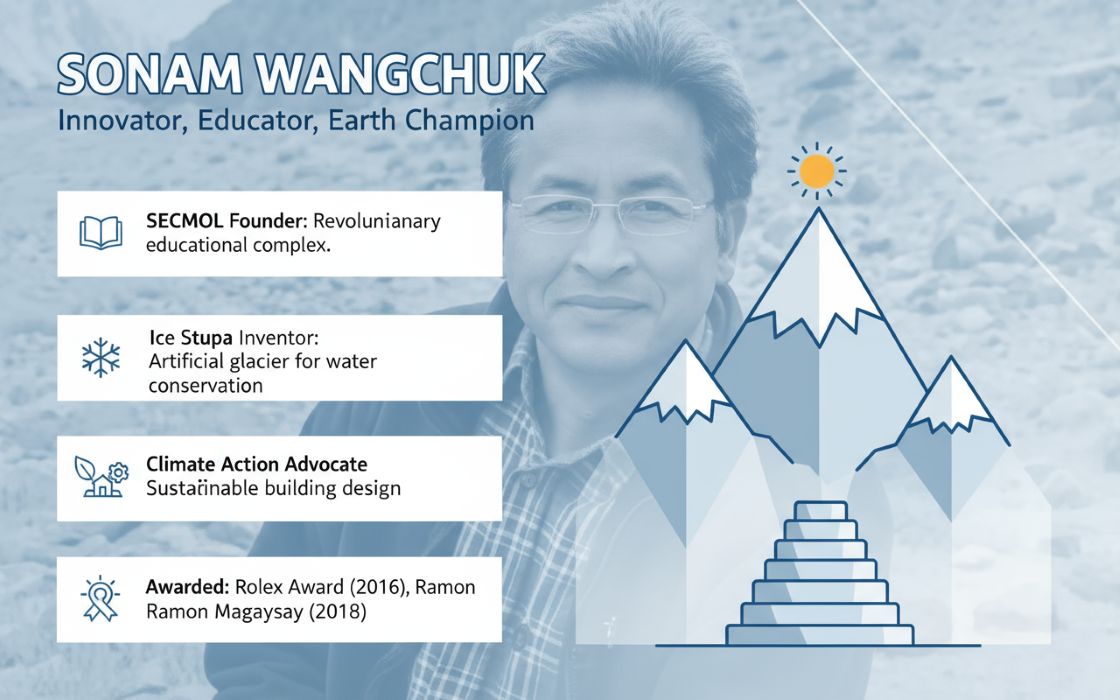Climate change is not just an environmental crisis; it is a social justice issue. Nowhere is this more evident than in informal settlements, where rising temperatures disproportionately impact those with the least resources to adapt. The lack of cooling infrastructure, reliance on heat-trapping materials, and economic vulnerability turn extreme heat from a seasonal discomfort into a daily struggle for survival.
In this insightful piece, Prerana Langa, CEO of Aga Khan Agency for Habitat, India, and Nayani Khurana, Lead of Research & Knowledge Management, examine how climate vulnerability and social inequality intersect in urban India. Through community-led interventions and innovative cooling strategies, they highlight the urgent need for inclusive, climate-responsive urban planning; where resilience is not a privilege but a right.
Enduring the Heat: Challenges and Solutions in Informal Settlements
Meera* wipes the sweat off her forehead as she pushes the paddles of her sewing machine inside her tin-roofed home. Like many others in her chawl (informal settlement), she has no choice but to endure the relentless heat that envelops the neighborhood every summer. “It is hot almost all year round here. From 10 AM to 4 PM, the heat becomes unbearable. We are forced to stay outside during these hours. It does not help if we change to new fans. Some people say the heat is because of old fans, but the real problem is that the air here always feels hot” shares Meera*, a resident of Om Sai Sadan chawl in Mira Bhayandar who runs a small stitching business from home.
Some residents resort to improvised insulation methods such as installing thermocol sheets. While these solutions provide temporary relief, they lack long-term sustainability and are not environmentally friendly solutions.
“The toughest period is from March to June every year. We would wake up early to finish all the chores before 12 pm. Post noon we would pour water on the floor around the house and use table fans so that we can feel the cool breeze. We often go out and sit in the shade or under the trees to feel cooler” shares Prajakta*, a resident from the Jai Shree chawl who takes tuition classes at home.
The urban heat island assessment done by Aga Khan Agency for Habitat revealed that surface temperatures in these settlements were approximately 4°C higher than in surrounding areas. This is due to the predominant use of heat-absorbing materials such as corrugated roofing sheet, which trap more heat than open spaces or areas with vegetation. High humidity levels during peak summer months further exacerbate the impact, making the heat feel even more brutal. In humid conditions, the human body struggles to cool down, increasing the risk of heat exhaustion and heatstroke.
Cooling strategies for informal settlements
Since August 2024, ASHA workers have expanded their roles to include "climate sakhis”—local climate champions helping residents manage heat stress while addressing related health concerns. Through the Urban Habitat Risk Resilience initiative by the Aga Khan Agency for Habitat, these ASHA workers are trained to share practical cooling solutions with the community.
Sunita*, an ASHA worker designated to these chawl clusters, explains the importance of trust in the process — “We invited all members of the resident association because trust is a key factor. If external agencies approach directly, people hesitate to listen. But since we have worked in the community for years, they trust us. Many residents had questions about materials and the processes. By organizing collective discussions, we helped build confidence in the heat relief interventions.”
For effective results, solutions need to be tailored to the urban morphology of these informal settlements. Potential solutions include SRI paint, alufoil, and wood wool panels with ventilation cores. These measures are expected to lower indoor temperatures by 3–4°C and reduce rooftop surface temperatures by approximately 20°C, delivering immediate and impactful relief to residents.
The Cost of Heat Stress
For residents of the informal settlements, the inability to work during extreme heat conditions leads to reduced productivity and income losses. “There have been instances where I had to delay or cancel orders because it was too hot to work. Customers had to wait an extra 2-3 days. My productivity drops significantly during peak summer,” recollects Meena*.
The struggle to cope with climate-induced heat stress is also a matter of social justice. Vulnerable communities face disproportionate risks, making heat resilience a fundamental rights issue. The Supreme Court of India, in a landmark judgment on April 5, recognized the right to be free from the adverse effects of climate change, stating that it is deeply intertwined with the fundamental rights to life and equality. By partnering with organizations like Mira Bhayandar Municipal Corporation and MAHAPREIT (Mahatma Phule Renewable Energy and Infrastructure Technology Limited), the initiative integrates green technologies, cooling strategies, and energy-efficient solutions to build urban resilience.
Covering aspects such as presence of green and blue spaces, population below poverty line, thermal performances of roof materials, access to electricity and water, reveals that these chawls have high to moderate vulnerability. “It was interesting to learn about these materials that provide relief from heat. This heat is specifically detrimental for people with comorbidities like blood pressure and diabetes. Small interventions have shown us that resilience is possible. Right now, we have covered only about 106 housing units, we have the entire chawl to cover" shares Sunita, ASHA worker, reflecting on the impact of climate-resilient upgrades in the community.
*The names of the residents are changed to ensure confidentiality.
Prerana Langa is the CEO of Aga Khan Agency for Habitat, India, and Nayani Khurana is the Lead of Research & Knowledge Management at Aga Khan Agency for Habitat, India



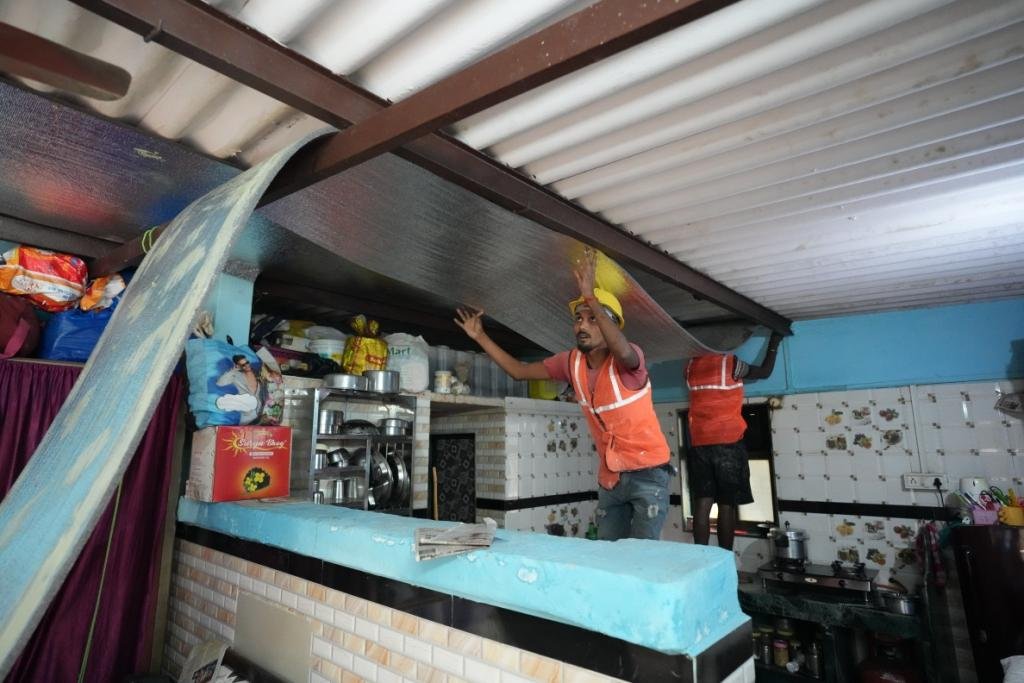
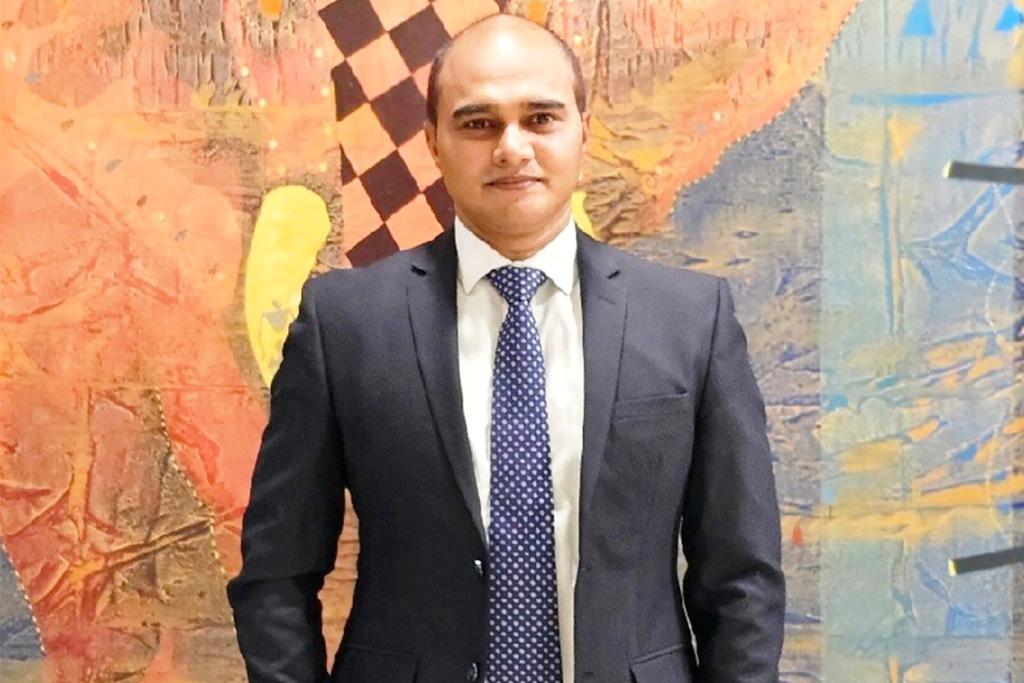
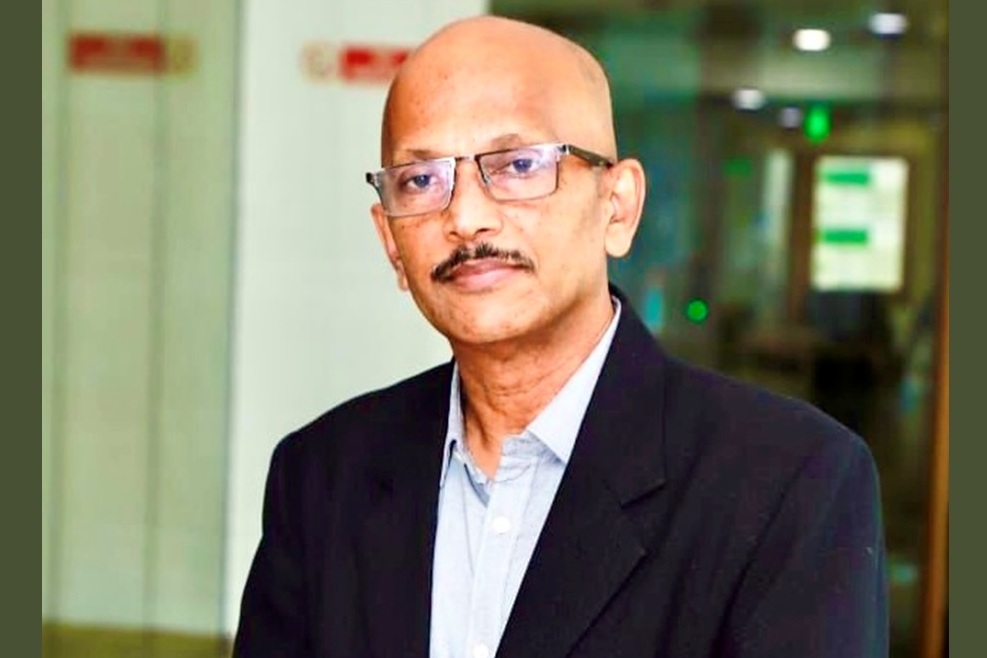






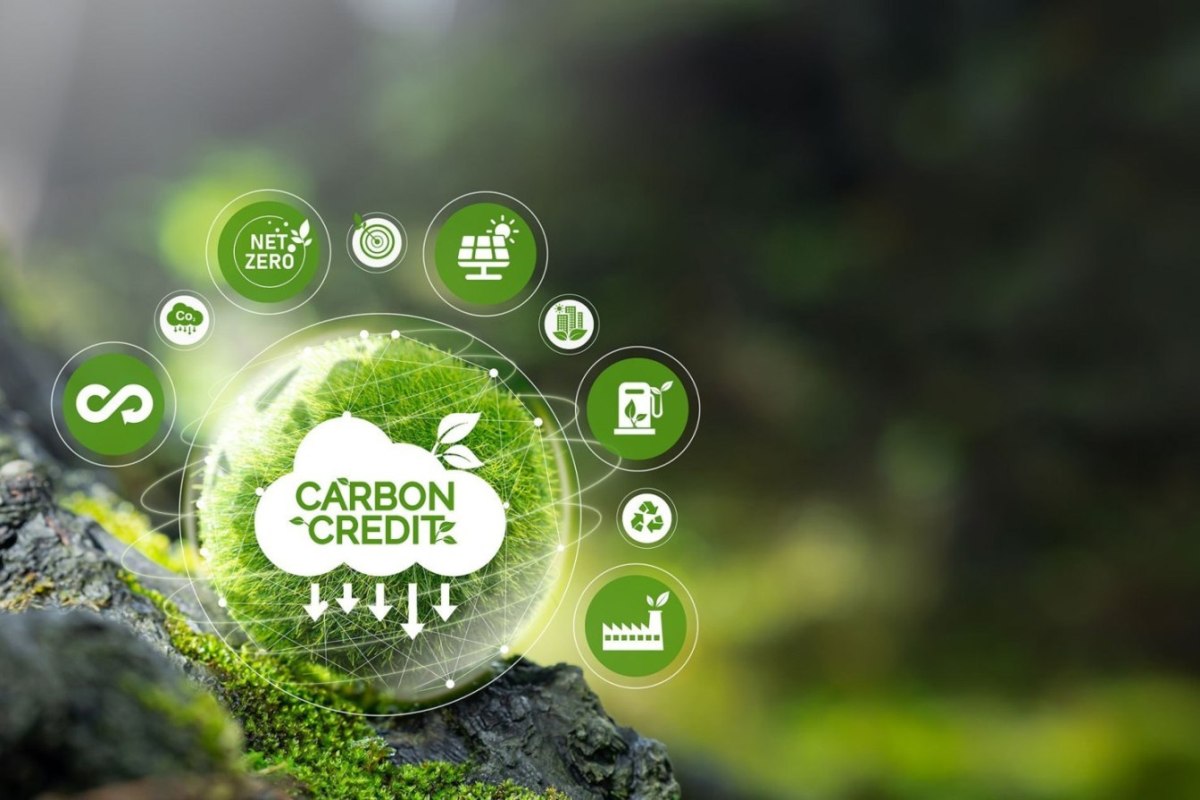


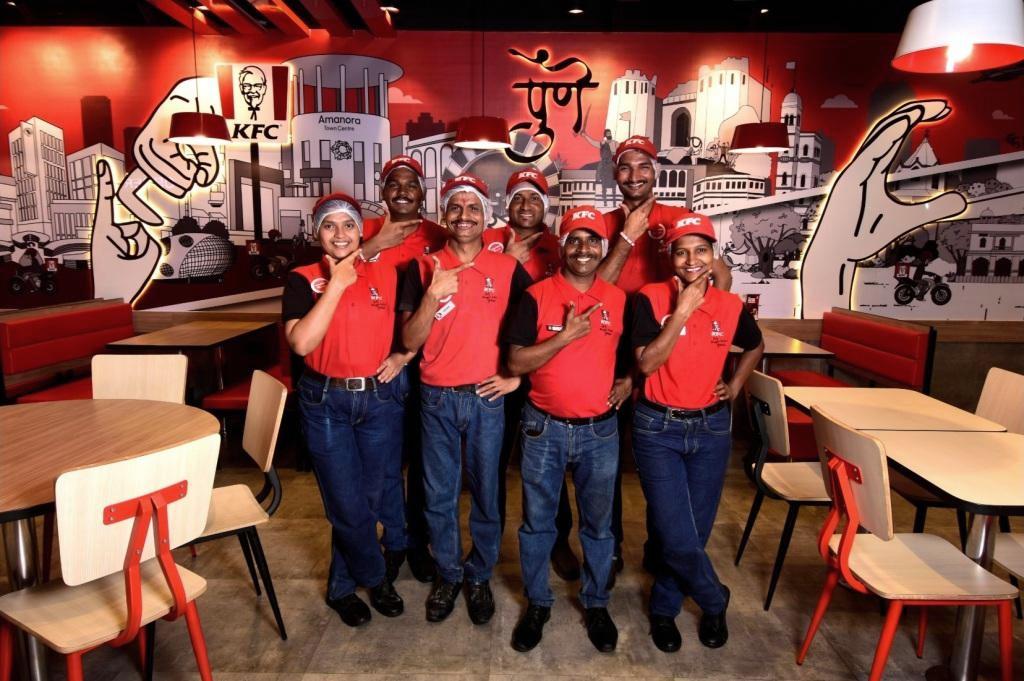
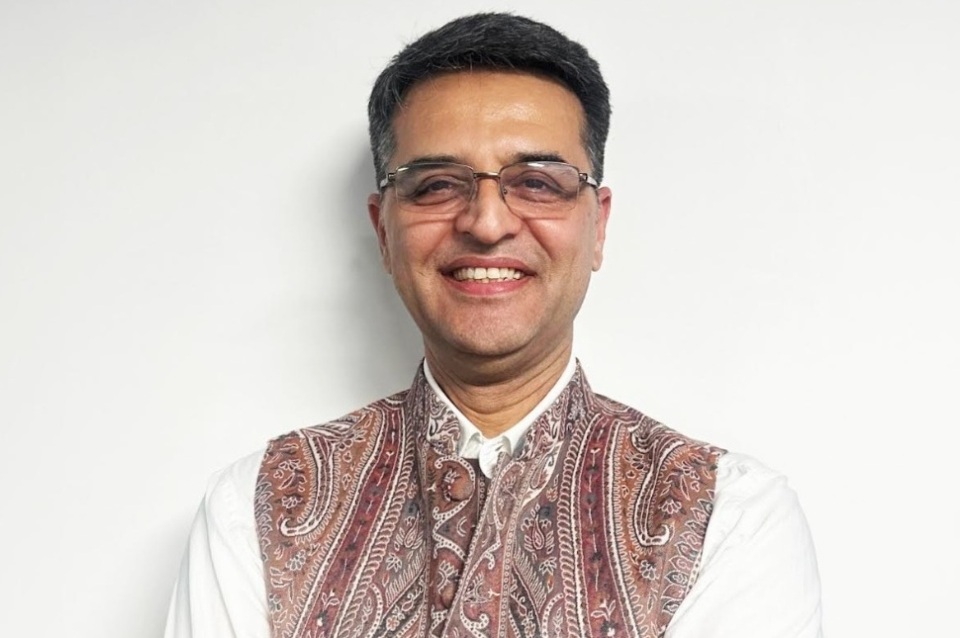
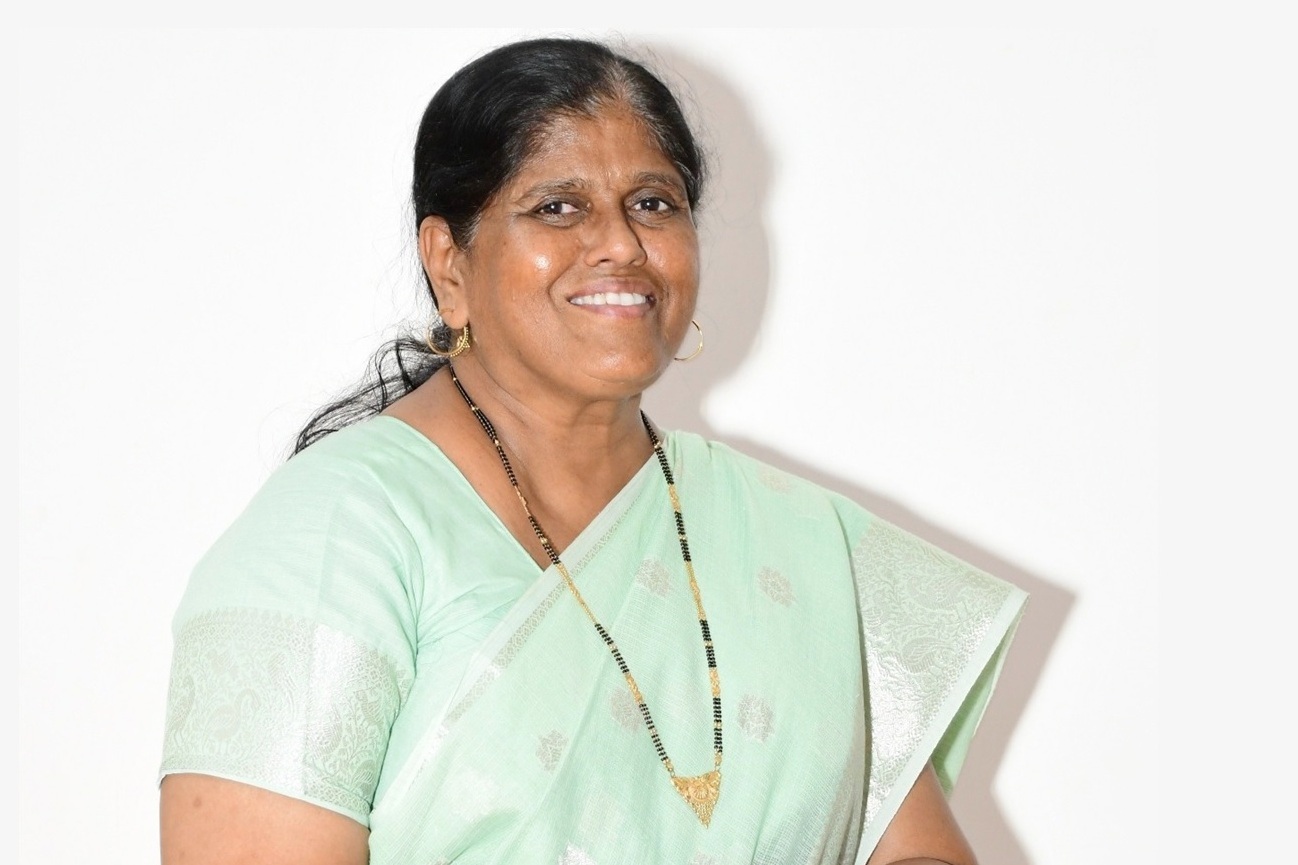

.jpg)

